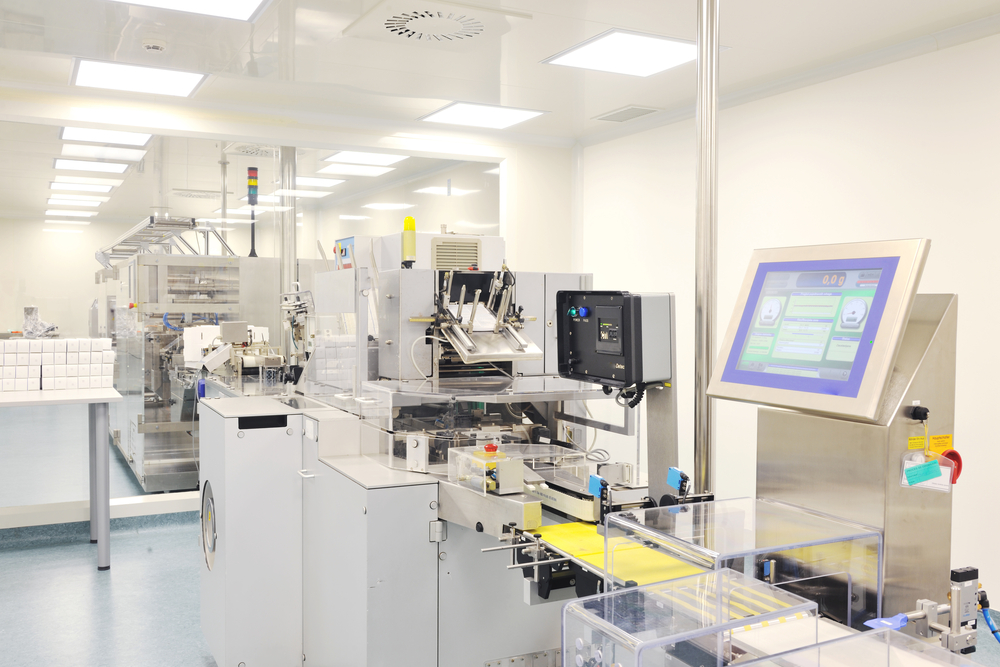Life science organizations across every functional area rely on life science consulting firms to...
Digitization Enhances Rather Than Replaces Workers

NOTE: Master Control GxP Lifeline first published this interview with Enterey President and CEO, Mike Ferletic, on August 6, 2020. Click here to read the original publication.
Automation and digitization are rapidly becoming the norm for life sciences companies. While some people are concerned new technologies will replace workers, Mike Ferletic, President and CEO of Enterey, believes the opposite. Today, he shares his thoughts on why automation and digitization are the means for enhancing workers and increasing innovation throughout a company.
Q. What advice do you have for people who are anxious about automated and digital tools replacing workers?
I recognize that a certain amount of anxiety gets created when people are faced with automation or the adoption of digital tools in the workplace. It does cause them to think about whether or not it could threaten their jobs. Any change can be stressful, but automation and digitization are coming – it’s inevitable – and I would suggest this is an opportunity for people to increase their value in the workplace by embracing it.
Q. Can you elaborate on how this presents opportunities to enhance workers?
Through the use of automated and digital tools, individuals have the chance to develop new skills and become innovators. For example, when people are in positions where some of their processes are being automated, the business knowledge they have is going to be critical to making the implementation of new tools successful. They know how to execute a process in a manual environment, and that experience can be applied to the automation of those processes – they can improve them and change them for the better.
As companies continue to automate, they will be looking for people willing to step up and lead. Who better than the individuals previously performing those jobs? They have the strongest knowledge base, and this is an opportunity for them to elevate their careers by using their skills for innovation to drive business forward. This level of contribution and engagement leads to higher job satisfaction.
The key is for workers to see the positive impact and find ways to take the initiative to lead the change when digitization arises.
Q. What advice do you have for CEOs of manufacturing companies preparing to implement more automation and digital tools?
From a CEO perspective, it is critical to communicate the value that will be gained from new tools. I believe it’s commonly understood that by automating, a business is going to become more efficient, enhance quality and improve accuracy. These things all have a positive impact on the bottom line.
The critical piece is getting buy-in from those who will be affected by it most – employees. It’s important to realize there could be some initial concern, so take the time to really hear them and understand how they feel.
Once they have expressed their concerns, help employees realize automation and digitization can be a catalyst for their own personal and professional development. They are a key ingredient to the company’s success, and central to the transformation. As I said before, the team already in place is in the best position to automate processes and understand best where to create efficiencies.
Q. What advantages do you see in adopting a platform approach to digitization?
If you have a disconnected system, it increases costs. Adopting a platform approach is finically savvy, but there are additional considerable benefits. Taking the platform approach creates significantly more efficiency from a data and process perspective. Leveraging a platform allows for the interconnectivity needed for executing processes, saving time, resourcing materials and supporting central activities that are essential to running the business.
A platform approach allows for a common set of knowledge to be shared across your teams, partners, and throughout the organization. The interconnectivity that’s only possible through a platform helps deliver the best possible experience for employees, partners, and ultimately your end customer.
In the life sciences world, a patient may be your end customer, and while they may not see all that goes on in production, they can have peace of mind knowing you have delivered a life-saving product of the highest possible quality.
Q. Based on your experience, can the advantages of automation and digitization create a competitive edge for manufacturing companies?
Automation and digitization can bring a significant competitive edge. With the increased efficiency and cost savings, you see faster time to market in a cost-effective way.
Because I believe automation and digitization enhances workers, the employees who have been given an opportunity to grow and thrive become invested in the organization’s success. This investment leads to higher retention rates of motivated employees who reach for higher goals, which pushes the company to a higher place as well. As employees innovate, the company becomes more innovative. All these elements generate a lot of excitement, and people are proud to come to work every day. A strong company culture gets created, and it becomes possible to recruit the very best talent.
At the end of the day, automation and digitization are the building blocks for enhancing employees by allowing them to innovate, create, and use their gifts. They have a more fulfilling work experience, and when employees thrive, so does the business.
Contact Enterey TodayContact Enterey today to learn more about leveraging digitization across your life science initiatives. Or, take our free online Process Improvement Plan assessment to identify possible gaps in your life science operations.
-1.png?width=266&height=69&name=Enterey_Color-Logo-withTag%20(1)-1.png)



